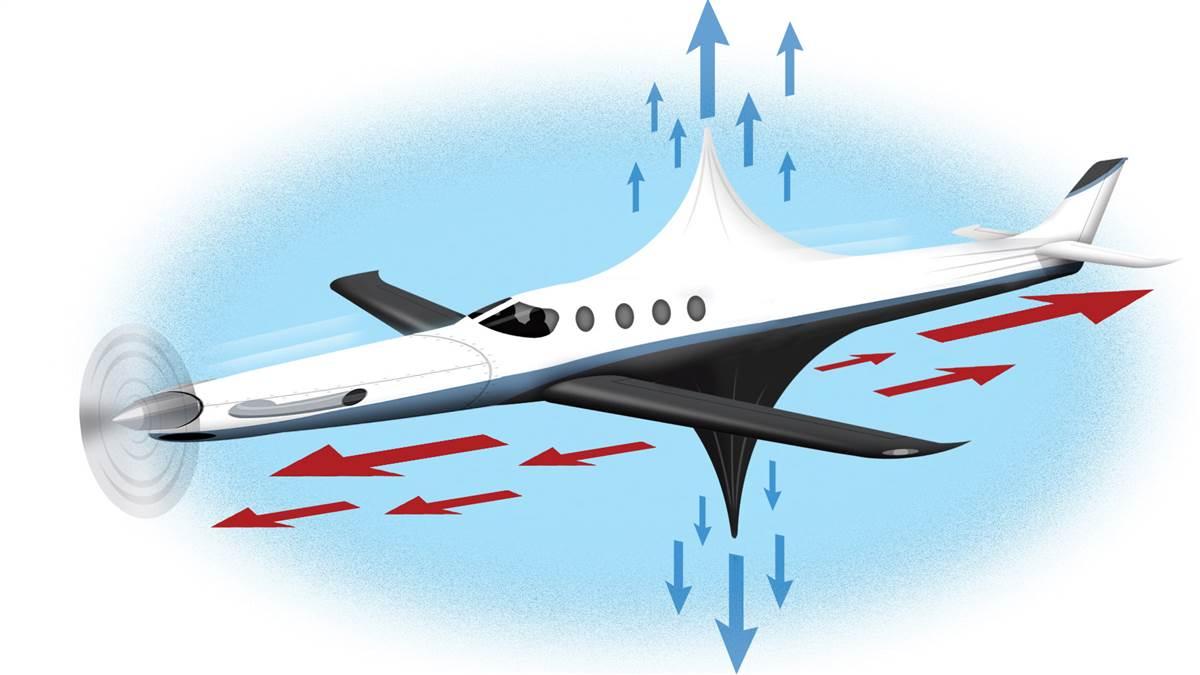 Checkride-ready
Checkride-ready
See how you measure up to FAA standards with questions from the AOPA Pilot Information Center.
1. How should a VFR flight plan be closed at the completion of the flight at a towered airport?
A. The tower will relay the instructions to the nearest flight service station when the aircraft contacts the tower for landing.
B. The tower will automatically close the flight plan when the aircraft turns off the runway.
C. The pilot must close the flight plan with the nearest FSS or other FAA facility upon landing.
2. Terminal radar service area (TRSA) service in the terminal radar program provides
A. sequencing and separation for participating VFR aircraft.
B. warning to pilots when their aircraft are in unsafe proximity to terrain, obstructions, or other aircraft.
C. IFR separation (1,000 feet vertical and three miles lateral) between all aircraft.
3. What does the red line on an airspeed indicator represent?
A. Turbulent or rough-air speed.
B. Maneuvering speed.
C. Never-exceed speed.
4. Which operation would be described as preventive maintenance?
A. Repair of portions of skin sheets by making additional seams.
B. Repair of landing gear brace struts.
C. Replacing a landing light bulb.
5. If a certificated pilot changes his or her permanent mailing address and fails to notify the FAA Airmen Certification Branch of the new address, the pilot is entitled to exercise the privileges of the pilot certificate for a period of only
A. 60 days after the date of the move.
B. 90 days after the date of the move.
C. 30 days after the date of the move.
 Ace
Ace
Can you correctly answer these questions from TWA captain and 28,000-hour pilot Barry Schiff?
6. On many lightplanes, there is a control-surface extension that protrudes forward of the rudder or elevator hinge line. What is the purpose of such an extension?
7. Which of the following forces is/are responsible for the forward speed of an airplane in gliding flight?
A. Drag
B. Lift
C. Thrust
D. Weight
8. Which of the following does not belong?
A. Charles
B. Michael
C. Roger
D. Victor
9. What is the most commonly accepted procedure used to clear a flooded engine?
10. True or false: A passenger in an unpressurized airplane must use supplemental oxygen when above 15,000 feet msl.
Illustration by John Ueland
Final Exam Answers
1. The correct answer is C. A control tower will close an IFR flight plan after landing, but a pilot must close a VFR flight plan. A pilot can ask ATC to relay a cancellation request to FSS; however, a VFR flight plan is not closed automatically upon landing. (Aeronautical Information Manual 5-1-14)
2. The correct answer is A. Pilots operating under VFR are encouraged to contact the radar approach control and avail themselves of the TRSA services. However, participation is voluntary. (Aeronautical Information Manual 3-5-6)
3. The correct answer is C. The red radial line represents VNE—or never exceed speed. (FAR 1.2)
4. The correct answer is C. FAR 43, appendix A, paragraph c details all items of preventive maintenance, those that an owner can perform and endorse. Replacing landing light bulbs falls in this category.
5. The correct answer is C. If you move, you’ve got a month to notify the FAA. Otherwise, after that, you may not exercise your pilot privileges until the address change has been completed. (FAR 61.60)
6. These are balanced control surfaces. The extensions—and the lead weights they sometimes contain—reduce the control forces required by the pilot to move such surfaces. Extensions also reduce the possibility of flutter.
7. The correct answer is D. The component of aircraft weight parallel to the descending flight path is responsible for forward speed. This is why the best glidespeed increases as weight increases.
8. The correct answer is C. Three of these gentlemen have their names (Charlie, Mike, and Victor) included in the International Phonetic Alphabet. Roger is not so honored.
9. Crank the engine with the throttle fully open, the mixture in idle cutoff, and the fuel pump off (if installed) until the engine fires. Then increase the mixture and retard the throttle.
10. False. Supplemental oxygen must be provided to passengers when above 15,000 feet, but they are not required to use it.


